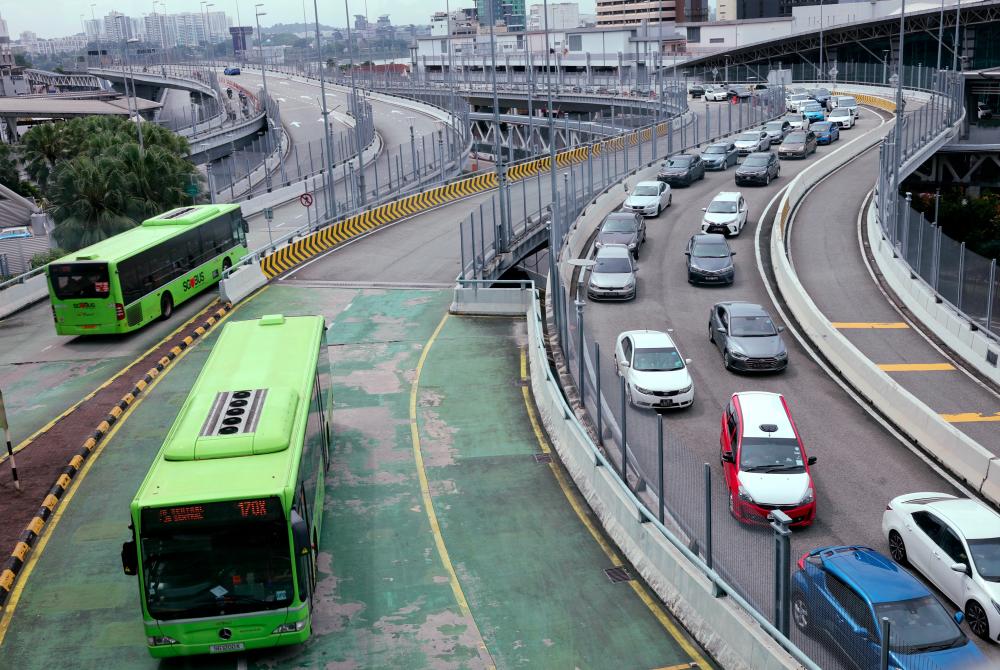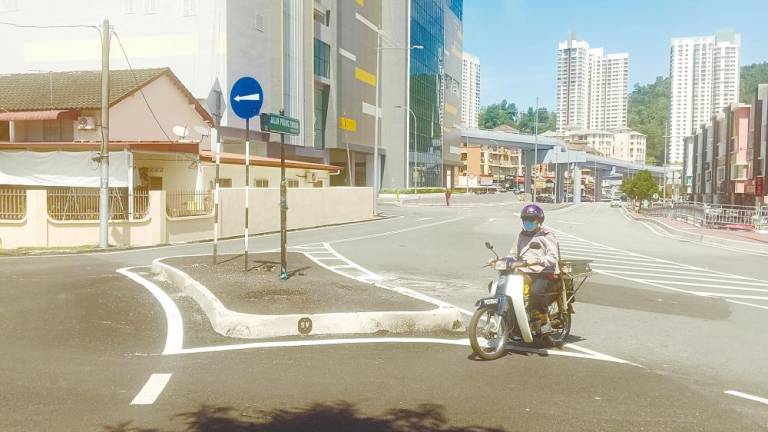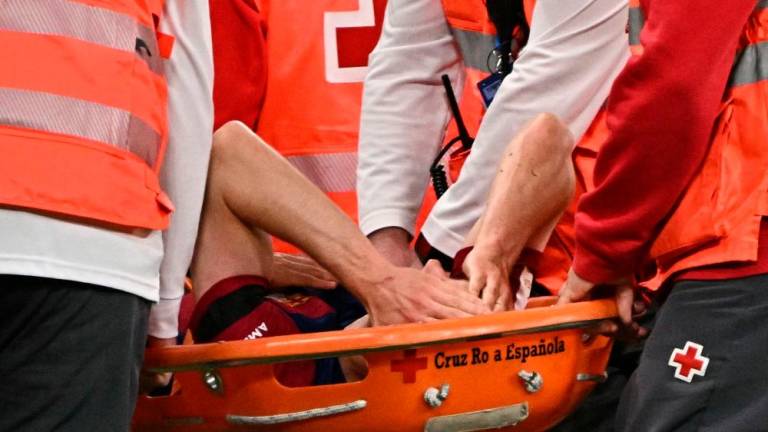KUALA LUMPUR: Policy makers and relevant parties have been urged to prioritise safer mobility methods for road users by promoting the adoption of public transportation, cycling, and pedestrian modes over private vehicles to address the high incidence of road accidents on a global scale, says a global road safety advocate.
Professor Dr Kulanthayan KC Mani, the chair of the Board of Directors of Global Alliance of NGOs for Road Safety for a two-year term from 2022 to 2024, in making the call said the concerned parties should allocate their budgets towards the development of infrastructure and the promotion of these three sectors.
“A crucial aspect of this initiative involves creating safer cycling lanes and pedestrian pathways. Instead of conventional overhead bridges, which can be impractical for various road users such as the elderly or school children carrying heavy bags, raised pedestrian crossings at grades are suggested.
“This inclusive approach ensures accessibility for all individuals,” he told Bernama while stressing the call for policymakers to rethink safer mobility methods is in line with the call made in the recently concluded 7th United Nations (UN) Global Road Safety Week-themed ‘Rethink Mobility’ from May 15-21.
Dr Kulanthayan who is Head of Putra Injury Prevention and Safety Promotion Research Group under Faculty of Medicine and Health Sciences, Universiti Putra Malaysia said in Malaysia, public transport accounts for less than one per cent of the total road deaths annually, making it the safest mode of transportation.
“Therefore, public transport should be the preferred and recommended choice for all road commuters,” he stressed.
In a related development, he said roads are a shared space belonging to all road users, including cyclists and pedestrians, and therefore, local government authorities, housing, and building developers are encouraged to incorporate provisions for cyclists and pedestrians in their urban plans.
“The integration of safe cycling infrastructure and pedestrian-friendly features will contribute to a more sustainable and inclusive transportation system,” he added.
He also recommended that land-use planning should be optimised to ensure neighbourhoods and schools are in close proximity while stressing that this arrangement would enable children to walk or cycle to school, reducing reliance on vehicular transport.
“Building new schools away from busy traffic roads and locating them within residential areas would facilitate safer journeys for students, encouraging active and healthy modes of transportation,” he added.
Dr Kulanthayan asserts that countries with a high prevalence of motorcycles tend to experience an increased incidence of road crashes and fatalities.
He suggests several effective approaches to address this issue: encouraging a greater uptake of public transportation among road users, implementing speed reduction measures for all vehicles, and promoting the utilisation of safety products.
“This comprehensive strategy, often referred to as a three-pronged approach, focuses on reducing exposure to risks, preventing crashes, and minimising injuries.
“Notably, countries that have achieved significant advancements in road safety, such as Norway, Sweden, the UK, Australia, and Japan, have made substantial investments in rail-based public transport systems,” he added.
Dr Kulanthayan highlighted a promising intervention in Malaysia regarding road safety, namely the inclusion of Road Safety Education within the school curriculum for students aged seven to 16.
“Additionally, preschool children are now being exposed to road safety education. This initiative holds significant potential, but its success and effectiveness depend on the collective efforts of schools, teachers, students, and parents,” said the Kota Bharu, Kelantan born who was a recipient of the Prince Michael International Road Safety Award in 2017. - Bernama













